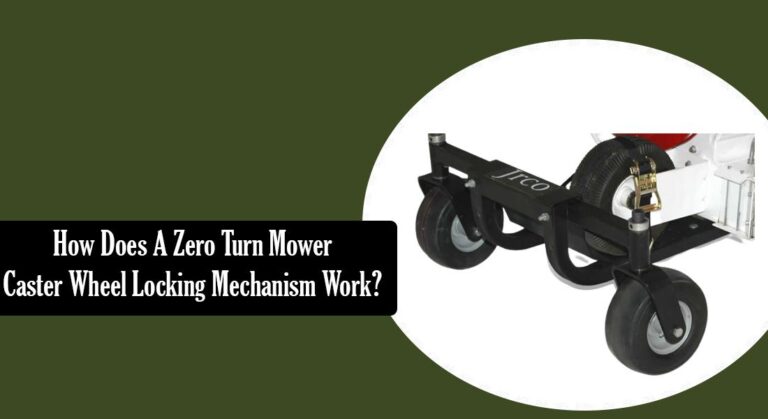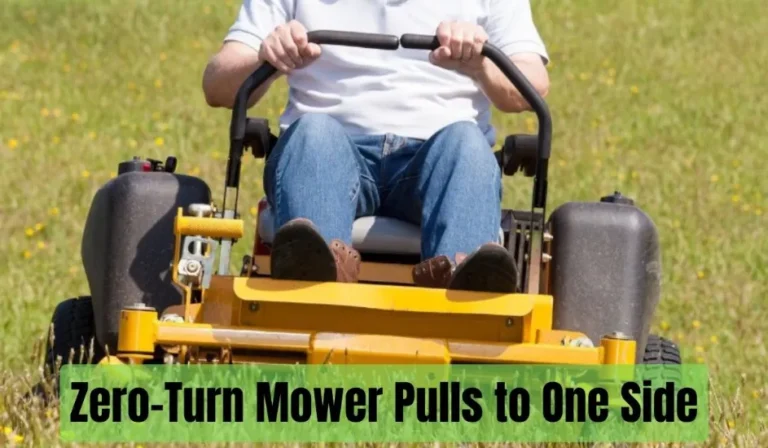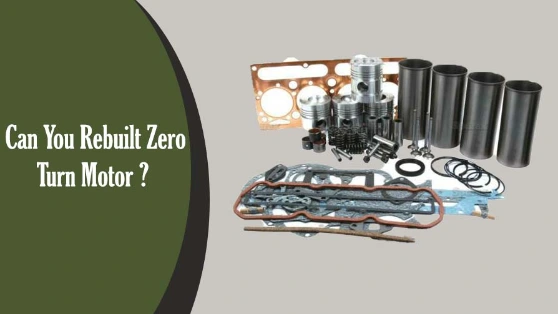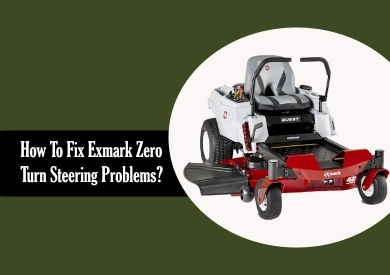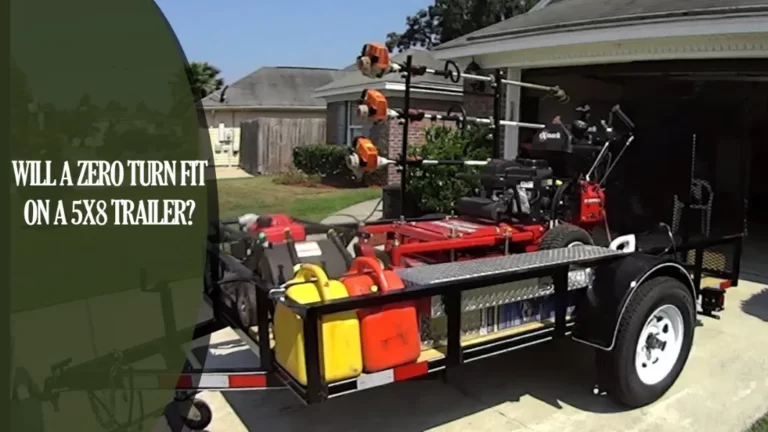Zero Turn Mower Moves Slow! How to Fix?
A zero turn mower is a lawn mowing machine that is very efficient and it is meant to deliver a pleasant and quick mowing experience. Regrettably, the mower may travel slowly than planned, which can be annoying for the user.
Slow movement in a Zero Turn mower can be caused by mechanical problems, such as wear and tear or damage to the mower’s belts, pulleys, transmission, and other mechanical components.
The most common symptoms why a Zero Turn Mower Moves Slow will be explained in this article, along with solutions.
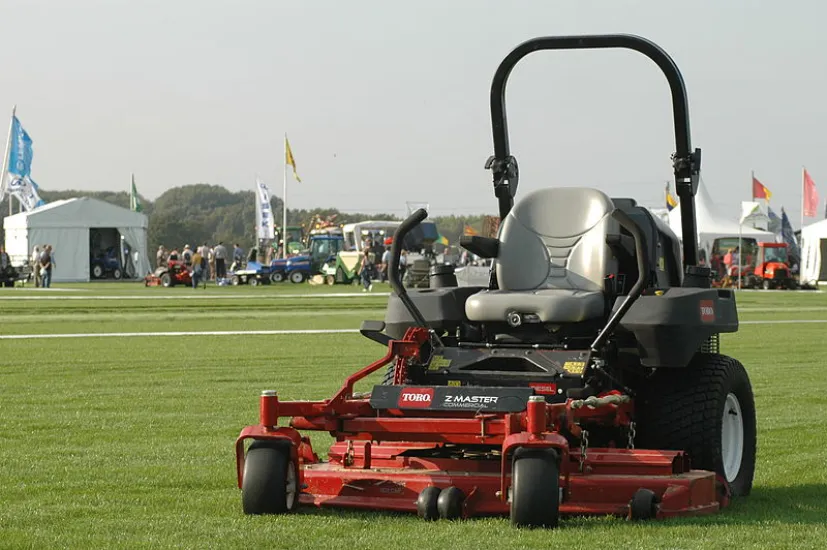
Why Does the Zero Turn Mower Moves Slow?
Mechanical concerns, poor maintenance, or wrong usage are all reasons why a zero turn mower may operate slowly. Using the zero turn mowers on tough terrain, long grass, or hills might also cause it to travel slowly.
Inadequate maintenance can result in clogged air filters, dirty fuel filters, low oil levels, and other problems that affect the mower’s performance and speed. Regular maintenance is required to avoid problems like these.
Electric motors or systems that control the engine speed are used in some zero turn mowers. If these electrical components are damaged or malfunction, the mower will travel slowly.
Conversely, overloading the mower with too much weight or attempting to mow too rapidly might result in this.
5 Reasons Why Zero Turn Mower Moves Slow
These are some of the symptoms of the zero-turn mower moves slowly problem, as well as solutions.
1. Sluggish Movement
Mechanical faults, such as worn-out belts or pulleys, a broken transmission or drive system, or other issues, might cause the mower to go slowly.
These difficulties can cause the mower’s engine to overwork, resulting in overheating or other technical issues that can reduce the mower’s speed and performance.
Also, improper maintenance methods might contribute to slow movement. Insufficient oil levels might also cause the engine to struggle, resulting in slow mobility.
The Fix
Unless the problem is caused by mechanical issues like worn-out belts, pulleys, or a broken transmission or drive system, you may need to replace the problematic parts or fix the affected systems.
Replace filters, changing the oil, and making sure the mower is well-lubricated.
If indeed the problem is caused by improper usage, change your mowing habits and prevent overloading the mower.
2. Inconsistent Speed
Low gasoline quality can lead to engine difficulties and irregular speed. Also a clogged carburetor can impede fuel delivery to the engine, resulting in variable speed.
Sometimes the low tire pressure might cause the mower to go slowly or in an uneven manner. Besides that inconsistent speed might be caused by a loose or badly set throttle cable.
The Fix
If you believe that the fuel is tainted, drain it and replace it with new, high-quality gasoline.
Remove any dirt, debris, or buildup from the carburetor that may be blocking the flow of gasoline. Check the drive belts for wear or damage and replace them as needed.
Inflate the tires to the prescribed amount after checking the tire pressure. And adjust the throttle cable according to the manufacturer’s instructions.
3. Engine Trouble
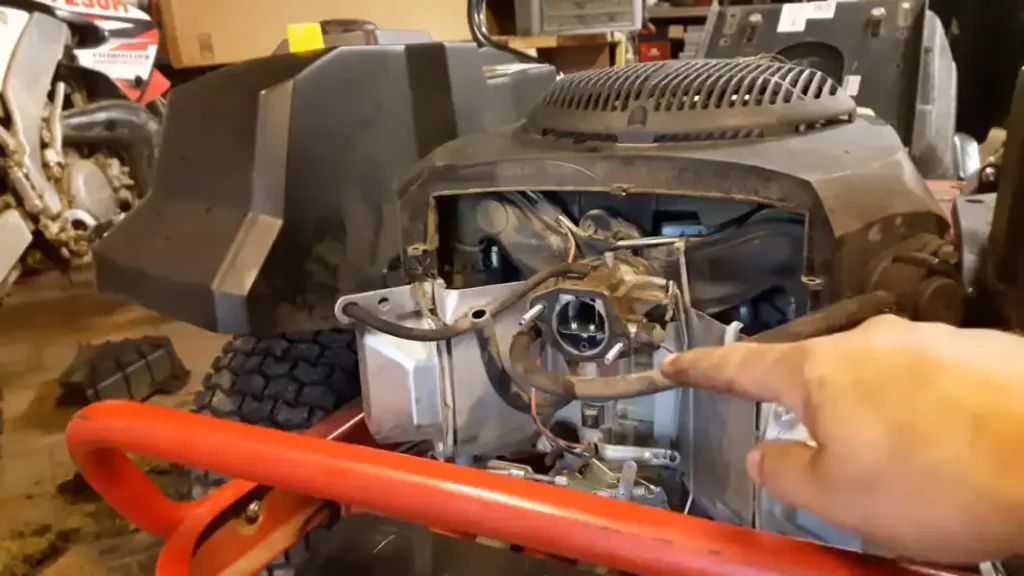
Engine problems, such as dirty or worn-out spark plugs, might cause the mower to lose momentum. Because the unclean or damaged spark plugs hinder to ignite the fuel-air combination, causing the engine to perform slowly.
A blocked or defective fuel pump, for example, might impede the flow of gasoline to the engine, causing it to move slowly.
Engine components such as piston rings and valves can wear down over time, causing the engine to lose power and perform slowly.
The Fix
Replace the spark plugs if they are dusty or worn out. If the air filter is filthy or clogged, it may be cleaned or changed to guarantee appropriate airflow to the engine.
If somehow the oil level is low, it can be replaced to the proper level. Use the oil suggested in your owner’s handbook.
Clogged fuel filters or broken fuel pumps can be repaired by cleaning or replacing the afflicted parts.
4. Unusual Noise
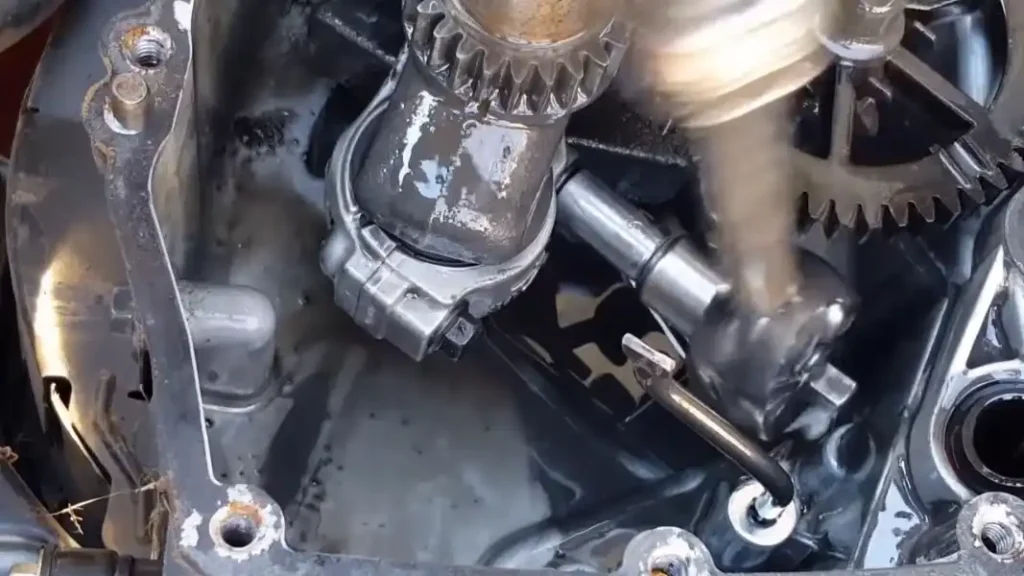
A worn-out or broken belt might cause the mower to produce odd noises and to move slowly. If the belt that drives the mower deck and wheels slides or breaks, the mower will go slowly.
Over time, the bearings on the wheels or mower deck might wear out, generating odd noise.
The pulleys on the mower deck or engine might become loose or broken, generating odd noises and reducing the mower’s performance.
The Fix
Examine the mower’s belts for evidence of wear and tear, cracks, or other damage. Replace the belt as soon as possible if you discover any damage.
Inspect the pulleys on the mower deck and tighten or replace any that are loose, lubricate frequently.
Replace mower blades and bearings on the wheels that are worn out or damaged with new ones.
5. Difficulties Climbing Hills or Slopes

The mower engine may be insufficiently strong to climb hills or slopes, leading it to move slowly. If the mower’s tires are worn or broken, they may not give adequate grip to climb hills or slopes.
If the mower’s weight distribution is unbalanced, it may struggle to climb hills or slopes.
The Fix
Inspect that the engine is in good operating order and that it is not underpowered. Check that the tires on the mower have enough tread and are not worn or damaged.
Consider changing the tires if they are in bad condition. Check that the mower’s weight distribution is balanced.
While ascending hills or slopes, slow down the mower. This can aid traction and keep the mower from losing power.
How to Enhance the Effectiveness of Your Zero Turn Mower?
Even the most efficient zero-turn mower may benefit from a few pointers and tactics to boost its overall efficiency. Here are some tips:
- Maintaining your zero turn mower on a regular basis is critical to keeping it working smoothly and effectively.
- The appropriate zero turn mower blades may make a major difference in the quality of your cut and the overall efficiency of the mower.
- You may create a more effective cut by adjusting the deck height on your zero turn mower. Raising the deck height, for example, allows you to cut thicker grass more easily, but reducing the deck height allows you to cut thinner grass more closely.
- It is essential to keep your zero turn mower’s blades clean in order to keep it running efficiently.
- Wet grass might be more difficult and inefficient to mow than dry grass. Wet grass can clump together and jam your mower deck, lowering the efficacy of its mowing.
- Pattern mowing can help you produce a more effective cut and decrease the need for several passes.
- Begin by mowing around the edge of your lawn in straight lines, then work your way inward.
Frequently Asked Questions (FAQs)
What kind of oil should I use in my zero-turn mower?
The type of oil you should use is determined by the manufacturer’s recommendations. Nevertheless, most zero-turn mowers will require high-quality 10W-30 motor oil.
Does using the wrong type of blades cause my zero turn mower to travel slower?
Certainly, employing the improper type of blades will reduce your mower’s efficiency and cause it to go slower.
How frequently should I service my zero-turn mower?
It is dependent on the model of your zero turn mower and the manufacturer’s recommendations. In general, routine maintenance chores should be performed at least once every season.
Related Posts:
- Faulty Safety Switches: Understanding the role of safety switches
- Uneven Tire Pressure: Balancing tire pressure for consistent performance
- Drive Belt Issues: Troubleshooting and replacing faulty drive belts
- Locate the Neutral Position: Identifying the neutral position on a zero turn mower
- 6 Common Raptor Zero Turn Mower Problems and Solutions

